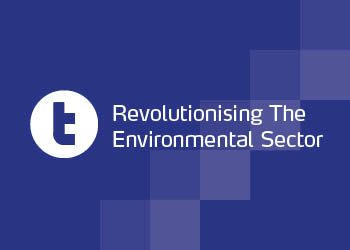Speaking at Pöyry Management Consulting’s seventh annual Forest Industry event on May 6 2011, Mrs Thompson, chief executive of Drax Power Ltd, said: “We are aiming to become the biggest biomass plant in the world. We have eight years of experience burning biomass at Drax and have developed a sustainability standard at Drax for everything that is built.”
- An aerial view of the Drax power station site, near Selby in North Yorkshire
Mrs Thompson hit out at the regulatory regime within the UK over biomass burning, saying that the company was constrained in what it could achieve.
She said: “We burnt almost one million tonnes last year – we could have burnt 1.5 million but we are constrained by regulatory support for what we can do.
“Biomass is the largest source of renewable power in the UK at the moment,” she noted and explained that there are a number of feedstocks for the Drax plant in North Yorkshire, which provides 7% of the UK’s energy supply.
“Of our sources, the vast majority comes from the forestry industry. Secondly, there are agriculture residues, such as starch, olive cake and peanut husks. A third is energy crops and a fourth is organic waste and this is going to become enormous in the future: energy creation is the perfect use for organic waste.”

- Dorothy Thompson, chief executive, Drax
Responding to questions from her audience, Mrs Thompson said that Drax is “trying to find the wood streams which are going to landfill. About 10 million tonnes goes to landfill waste, garden waste is going to landfill, and we have to find companies that can transport it and we will compress it.”
Farm
But, despite Drax’s intention of using UK-sourced material – it has recently launched its own farm to grow energy crops with the aid of subsidies – the company will still source most of its material from overseas.
The chief executive said: “The UK will become a limited producer but be a significant consumer of global biomass.”
Mrs Thompson continued: “There is an awful lot of marginal land that could grow biomass for energy.”
She added that “biomass can produce electricity in two ways, co-firing with coal or in new dedicated biomass plants. It can also be used for heating and transport as biofuels.”
Demand
And, she signalled that biomass as a renewable energy source had an advantage compared to other renewable sources because it can better respond to variations in demand.
In terms of ownership of biomass supplies.
- Wood ready to be processed before being blended and burnt with coal
Mrs Thompson said: “We import most of our biomass and we have great debates about whether we should own our own supplies. In some places this might be appropriate but for others for local people who are the experts to own it.”
And, she explained that “most arrangements are bespoke because the supply chain is not there. We have an enormous interest in a commodity which is freely traded.”
At Drax, a project is underway to co-fire coal with biomass. The company says that the facility will enable the power station to “receive, handle, store and process a variety of biomass materials before they are directly injected into Drax’s coal-fired boilers where they are burnt alongside coal.
Drax and Siemens Project Ventures are also developing three dedicated biomass-fired renewable energy plants in the UK.
The company has said: “Each will have an estimated capacity of 290MW and, once operational, together with the renewable output from the co-firing capacity at Drax Power Station, Drax will be have the capability to produce around 15% of the UK’s renewable electricity, equivalent to the output of approaching 2,000 wind turbines, and for supplying around 10% of the UK’s total electricity, enough to power around seven million homes.”












